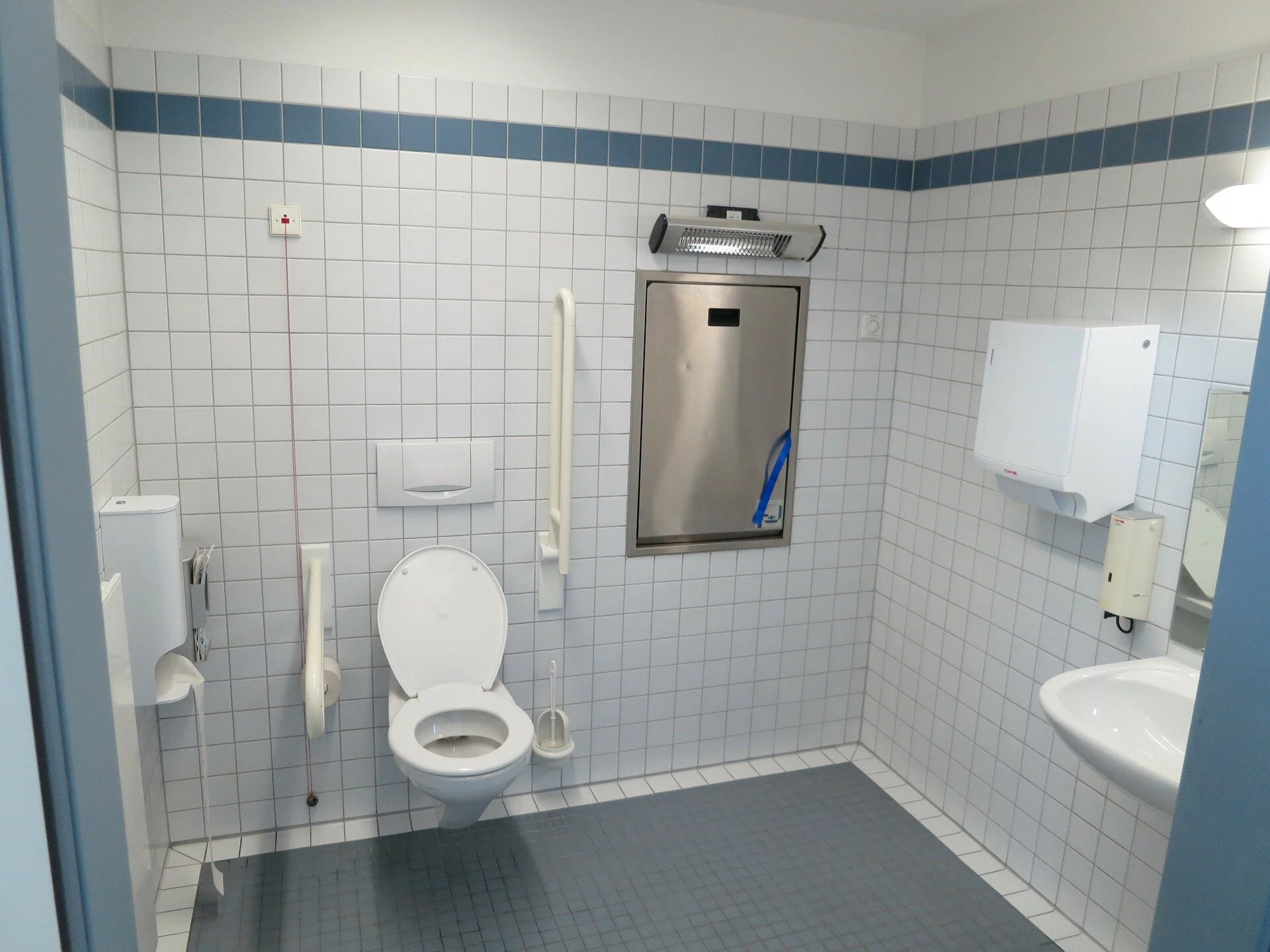How to Adjust Your Home to an Injured Person
Despite what many people think, a physical disability is not something that could happen only to someone else. In reality, temporary or permanent disability doesn’t choose to whom it would occur. Therefore nobody is immune to injuries caused by a car crash or illness.
After leaving the hospital, people often realize that their home is not tailored to their needs, and they simply can’t live there comfortably. Indeed, in the majority of cases, a range of modifications is required to transform a usual house or apartment to the new demands of dwellers. The more serious the injuries, the more significant changes are needed. Here is how to adjust your home to an injured person.
Which Home Areas Should Be Modified?
It depends greatly on the severeness of the injuries. No doubts, a broken leg is already awful enough, taking you away from your job and restricting your movement, but people with serious spinal injuries can’t make it without a wheelchair, and that’s another story.
Usually, some forms of modifications are needed across the entire space, with the focus on five key areas of every home - the living room, kitchen, bedroom, bathroom, and, of course, outdoor access. Speaking of the latter, keep in mind that all external changes typically seek supervised building work to make sure that all alterations are in compliance with existing standards and specifications.
Regardless of whether the injured person is going to use a wheelchair for some or all of the time, the bathroom will need to be redesigned completely, providing enough space for free access and maneuvering. The same could be said about the kitchen, where an injured person has to be able to prepare his/her meals independently.
Can I Afford Home Improvements?
Well, the truth is, all the necessary modifications can be pretty expensive. Injured persons are usually out of work, facing thousands of dollars of unexpected medical bills. If the injury is a result of a car or pedestrian accident or careless behavior of other people, make sure you or loved ones get the compensation you deserve.
With an experienced lawyer on your side, you will easily get your special damages covered, meaning that besides your medical bills, rehabilitation appointments, or loss of earnings from your job, it will also include adjustments you may need to make to your home. Harrisonburg personal injury attorney David Kendall explained that for people who have sustained serious personal injuries, it is vital to be able to enjoy a comfortable life at home. Many victims of car crashes and other accidents are often not aware of their opportunities to get fair compensation and a wide range of associated costs covered.
What Are The Most Necessary Modifications?
Although there is no one-size-fits-all solution as every type of disability requires a different set of modifications, there are general rules for adjusting homes for the disabled, especially those who use a wheelchair. The main goal is to create a barrier-free space.
Eliminate steps or find an alternative – first of all, make sure an injured person can get into the house. If you have steps near the entry, create a ramp, or look if he/she could enter through the garage.
Widen doorways and hallways – if doorways in your home are less than 36 inches wide, you will have to broaden them to let a wheelchair through. Do not forget to remove all hall liners and carpets to facilitate smooth flooring.
Renovate bathroom – at minimum, you will need to install special grab bars near the toilet area and add a roll-in shower, also equipped with graspable handles.
Install good lighting – dim lighting is great when it comes to creating a romantic atmosphere, but if you want an injured person to feel safe, make sure you have strong overhead lights that can be turned on with just the flip of a switch. To make things even more convenient, you can take advantage of modern technologies and enable switching the light with voice-activated commands.
Consider all obstacles – walk through the whole space and detect areas that need reorganization. Does this coffee table block the way? Should you rearrange other pieces of furniture? Think of everything that might be too challenging for an injured person to deal with.
No doubt, making your home a comfortable place to be for an injured person is not an easy job. If you feel that retrofitting the entire space is a huge challenge, it’s a good idea to start with the most important and frequently-used areas. When you get the necessities done, you can tweak the details. When you do it with love, you just can’t go wrong.








